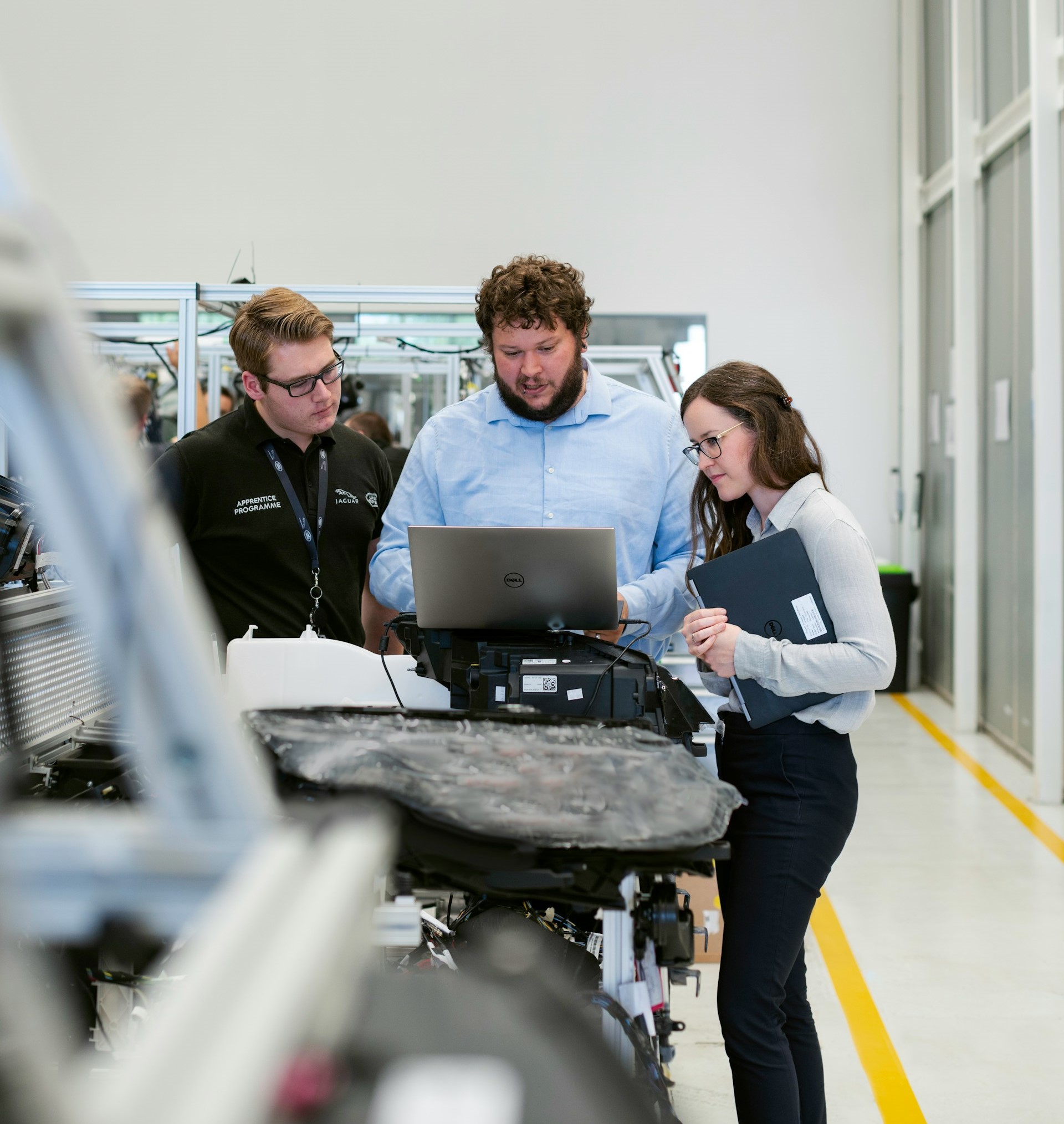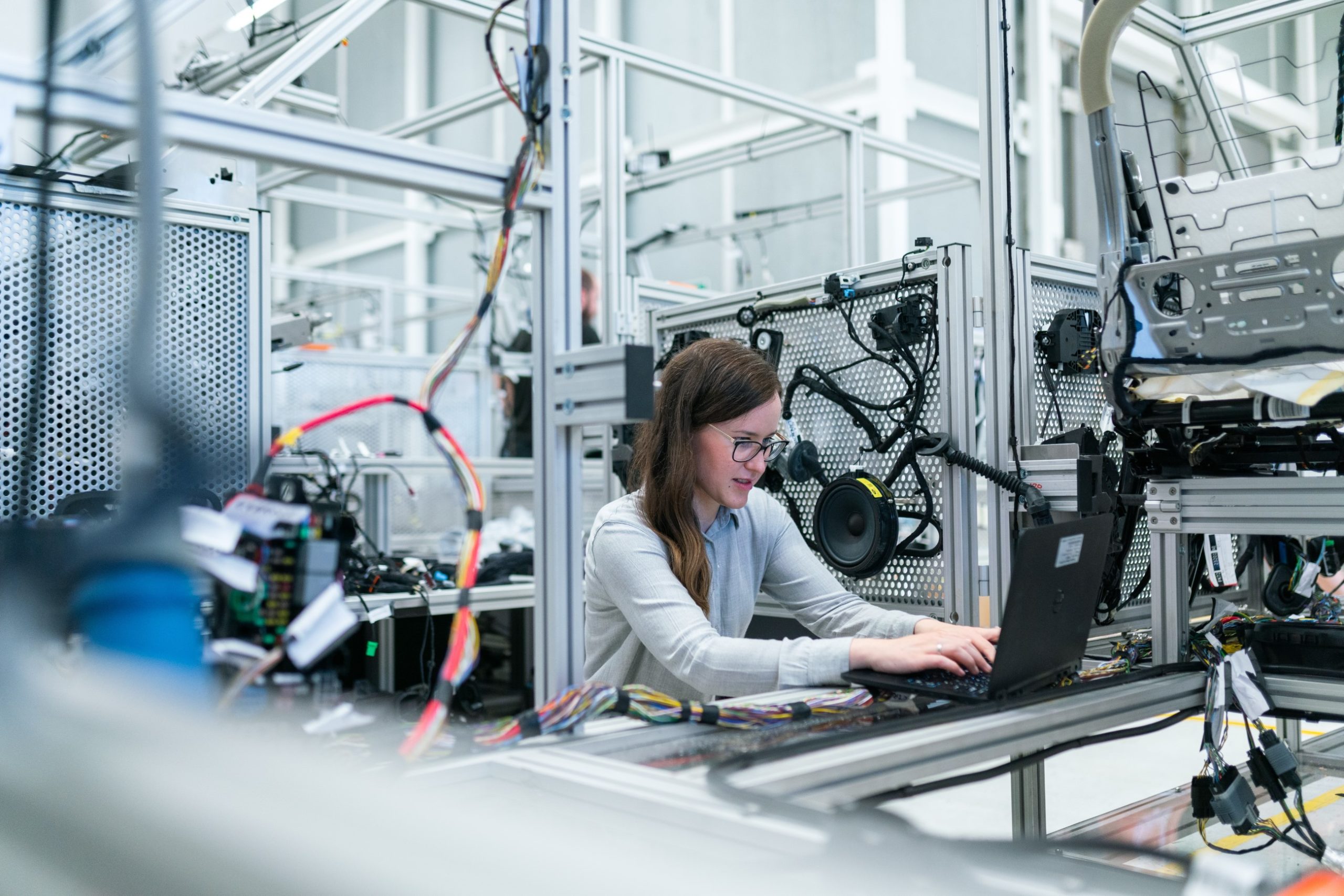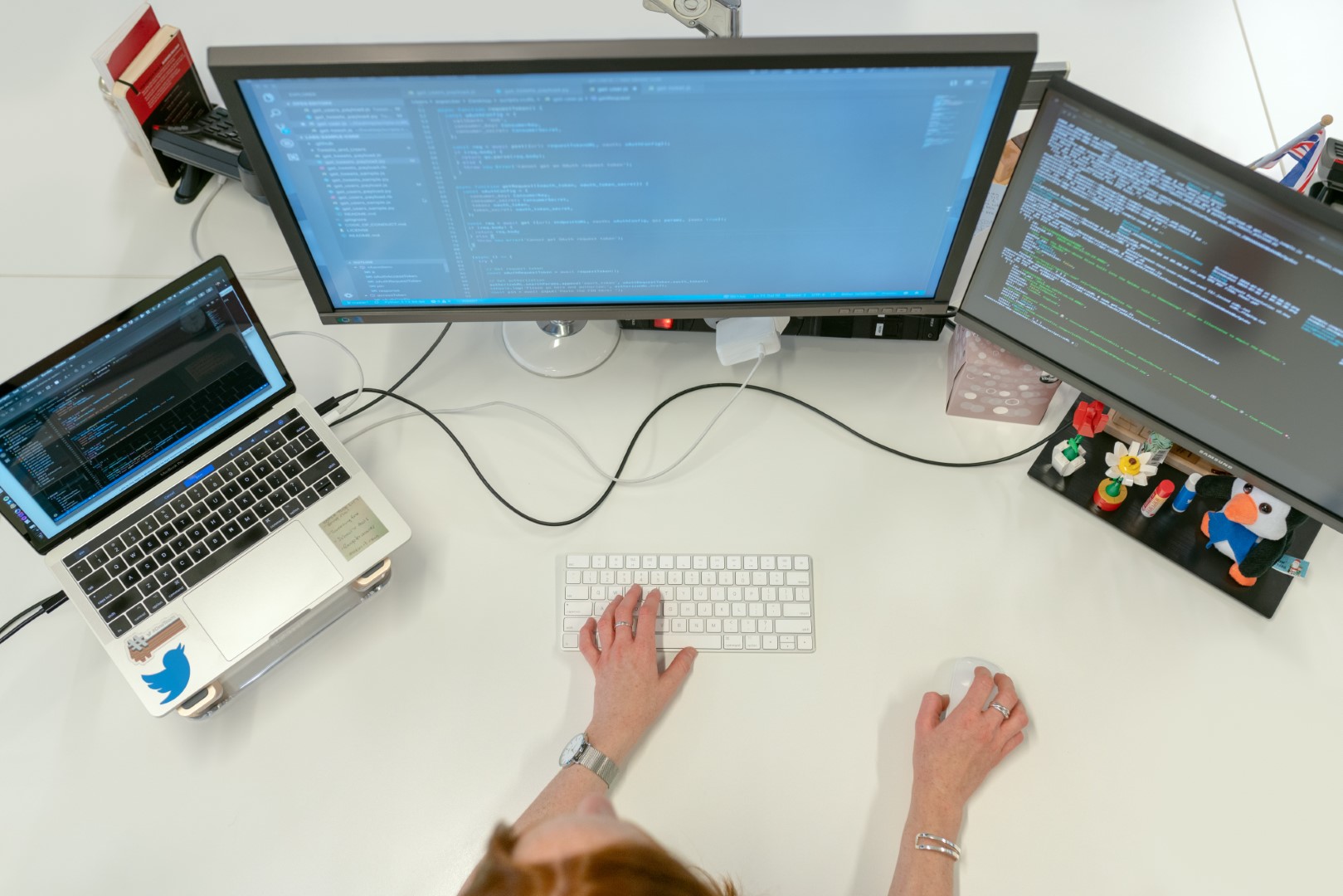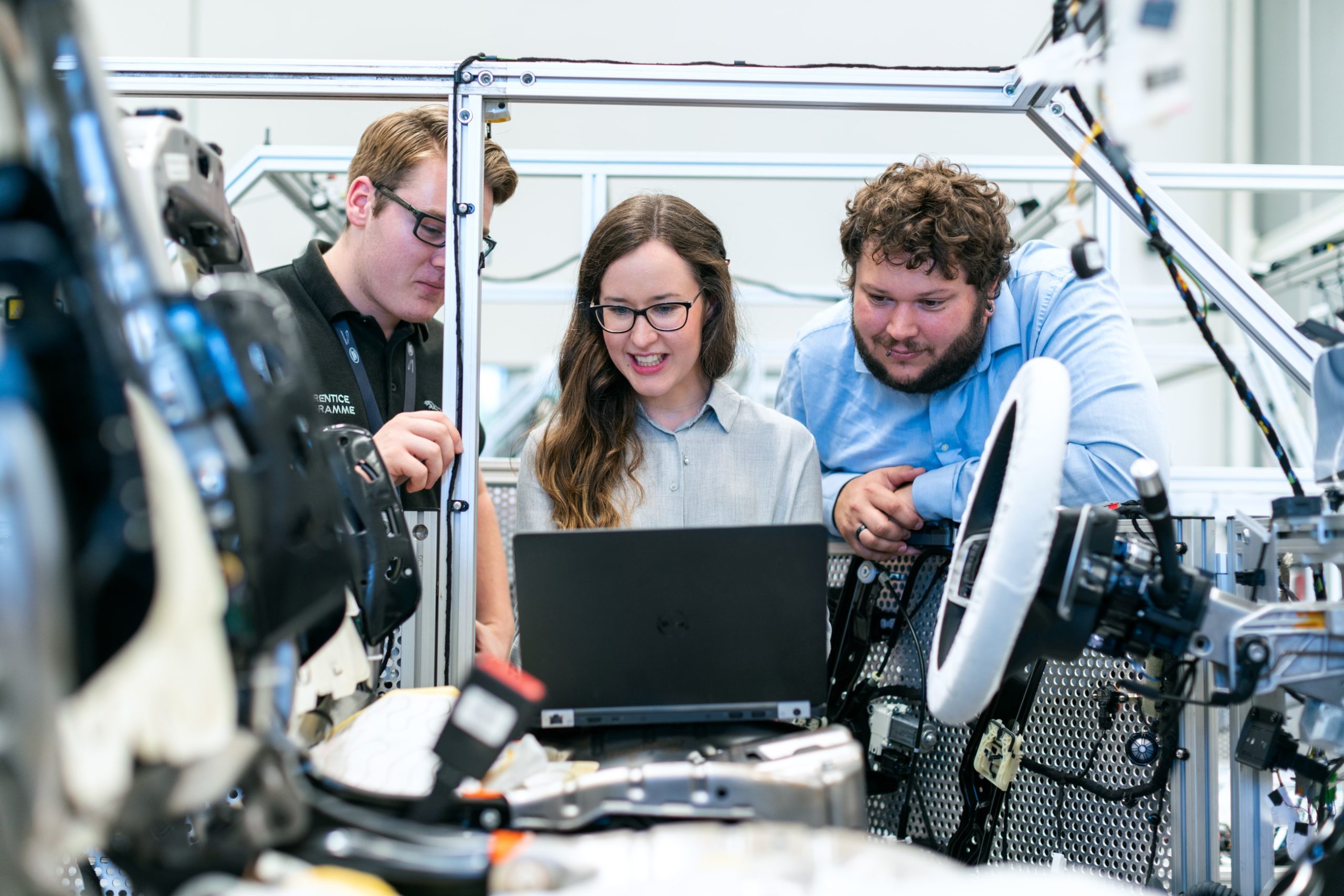The Knowledge Refinery Manifesto
Most enterprise AI pilots deliver no P&L — MIT’s 2025 study validates the learning-gap diagnosis.
Enterprise AI isn’t failing because models are weak — it’s failing because systems don’t learn from messy, operational reality. MIT’s State of AI in Business (2025) calls this the “learning gap.” We call it Operational Knowledge Decay: the lost history, tribal expertise, and fractured state that make models brittle. Our answer is the Knowledge Refinery — a Cognitive Agentic Architecture (CAA) that excavates your data graveyard, turns it into structured context and persistent memory, and proves value fast with a 60-day Friction Audit: a prioritized, measurable blueprint and pilot plan. (MIT validates the problem; we sell the cure.)

The Diagnosis – Your Company Has a “Data Graveyard”
The Pragmatic Engineer’s 2025 survey named Jira the #1 most disliked tool in software development, Confluence followed closely as #3. This isn’t a complaint about user interface. It is a symptom of a deeper failure.
Your Jira, your Confluence, your ticketing systems—they have become “data graveyards.” They are where the most valuable asset your company owns, the entire history of every problem you have ever solved, goes to die.
This is Operational Knowledge Decay. It manifests as three core dysfunctions:
- Expert Bottlenecks: Knowledge is trapped in the heads of your senior experts, who spend their time firefighting instead of innovating.
- Institutional Amnesia: Your team is trapped in a cycle of re-solving the same problems over and over because the solutions are buried and inaccessible.
- Failed AI Initiatives: You cannot build a reliable AI on a foundation of chaos. A chatbot on top of a data graveyard is just a faster way to get wrong answers.
In high-stakes industrial environments, this is not a productivity problem. It is a multi-million-dollar crisis. A 2024 Siemens analysis (True Cost of Downtime (2024)) found that production downtime can cost up to $2.3 million per hour. That is the cost of not being able to find the right answer, right now.
The False Cure – The Failure of the “First Wave”
The “First Wave” of AI tried to solve this with bigger models and better search. It has failed.
MIT’s research confirms this is a losing strategy. They found that while half of all AI budgets are spent on flashy sales and marketing tools, the biggest ROI comes from unglamorous, back-office automation—exactly where “First Wave” tools, with their inability to handle real-world chaos, fall apart.
The market is waking up to this reality. The massive attendance at “Beyond RAG” meetups and the shift away from generic tools proves that serious practitioners are searching for a new approach. They are searching for the “Second Wave.”

The Real Cure – The “Knowledge Refinery”
The Second Wave of AI is built on a single, contrarian belief: The intelligence of an AI system lies not in the model itself, but in the architecture that surrounds it.
Our solution is not another chatbot. It is a “Knowledge Refinery.” We don’t just search your data graveyard; we excavate it, refine it, and turn the chaos of your operational history into a structured, verifiable, strategic asset.
This is the only way to close MIT’s “learning gap.”
The Blueprint – Cognitive Agentic Architecture (CAA)
To build a refinery, you need an engineering blueprint. Ours is called Cognitive Agentic Architecture (CAA). It is a set of design principles for building reliable, production-grade AI systems.
This is not just our opinion. It is an example of “convergent evolution.” The architectural deep-dives from engineering teams at Netflix, Trade Republic, and Confluent all independently discovered the same core principles: structured context, deterministic control, and end-to-end observability.
Our R&D in building this architecture has been validated by the German government’s Certification Office for Research Allowances (BSFZ) seal, an honor that certifies our R&D meets rigorous German government standards for innovation, technical risk, and systematic planning.

The First Step – The “Friction Audit”
How do you join the 5% of companies that succeed with AI? MIT’s data is clear: partnering with specialized vendors succeeds 2x more often than trying to build it yourself.
Our “Friction Audit” is that first, de-risked step. It is a 60-day diagnostic pilot where we deploy our Refinery to analyze your data graveyard and deliver a quantitative, data-backed report on your biggest operational bottlenecks. It is the blueprint for your automation journey.
The “Second Wave” is Here
The future of enterprise AI is not about bigger models. It is about better architectures. It is about systems that are reliable, auditable, and built on a foundation of truth.
It is about agentic systems that can learn, remember, and act.
This is the “Second Wave.” It starts not with a magic black box, but with a commitment to clarity.

